Popular department stores from the past that no longer exist
Shopping malls and department stores once served as bustling hubs of activity, brimming with excitement and possibilities. As the years have passed, however, many beloved retailers have vanished, leaving behind memories of simpler times.
Today, we’ll take a fond look back at some of these iconic establishments that shaped our shopping experiences and forged connections in communities across the nation.
The Rise and Fall of Woolworth’s: The Original “Five-and-Dime”

Woolworth’s was once a titan in the retail world, known for its affordable prices and wide range of products. Founded in 1879 by Frank Winfield Woolworth, it became the go-to place for everything from candy to clothing.
At its peak, Woolworth’s operated over 1,000 stores worldwide. However, as shopping habits evolved and big-box stores emerged, Woolworth’s struggled to keep up, eventually closing its last U.S. stores in 1997.
Montgomery Ward: The Catalog Titan That Lost Its Edge
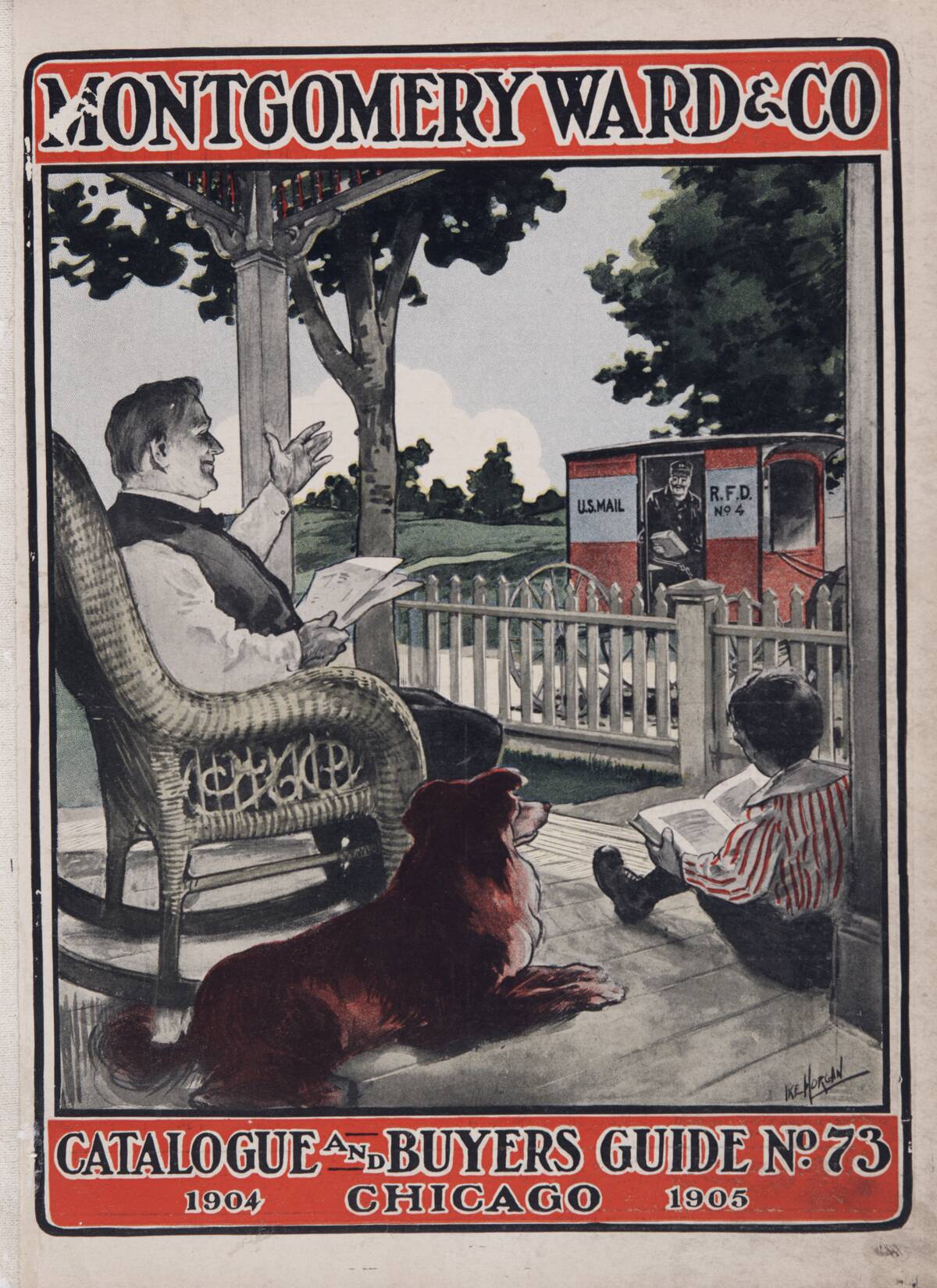
Montgomery Ward revolutionized shopping with its mail-order catalog, first published in 1872. Customers from rural areas could now access a wide variety of goods, from household items to clothing.
Despite its innovative start, Montgomery Ward faced fierce competition from rapidly growing rivals like Sears. By the late 20th century, the company had lost its edge, leading to its closure in 2001 after 129 years of operation.
Ames Department Stores: A Heartland Favorite
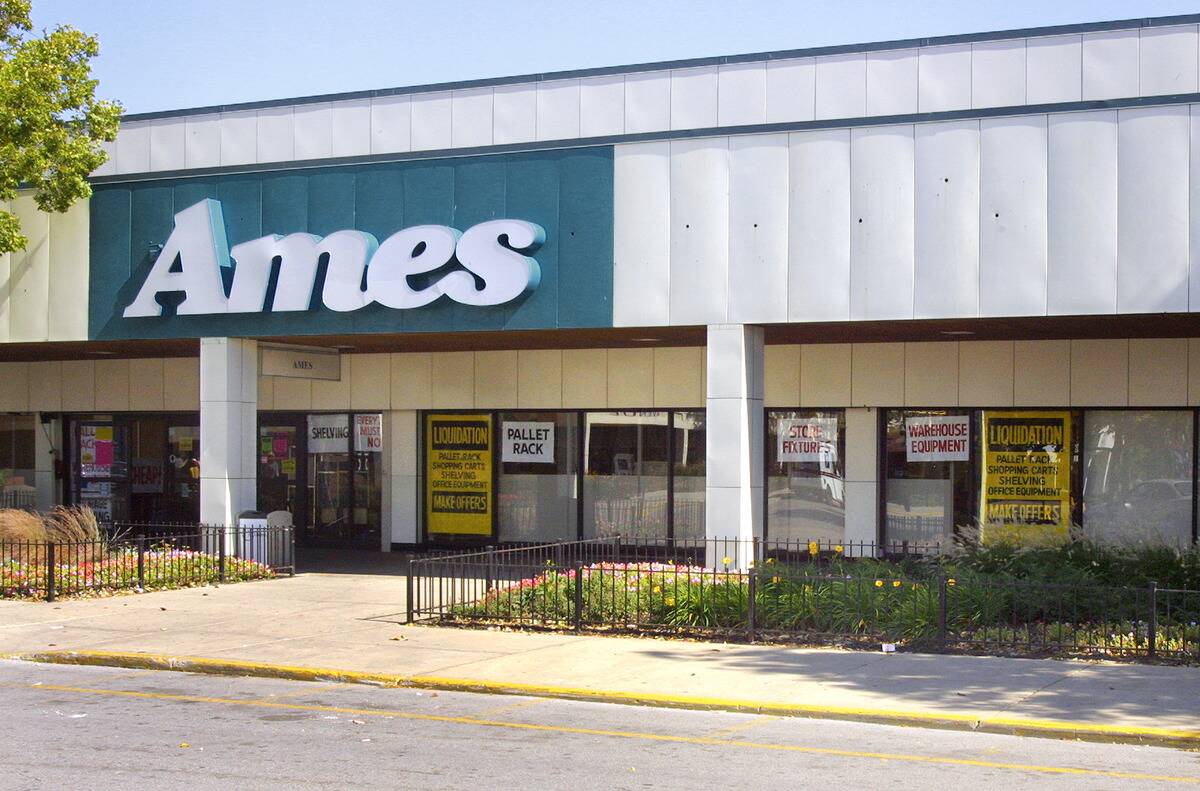
Ames was a beloved department store chain that catered to shoppers in the Northeastern and Midwestern United States. Founded in 1958, Ames quickly became a staple for budget-conscious families seeking everything from apparel to home goods.
Despite its popularity, financial struggles in the 1990s led to its eventual bankruptcy and closure in 2002. Many still remember Ames fondly as a convenient and friendly shopping destination.
Gimbels: Macy’s Rival in the Holiday Parade
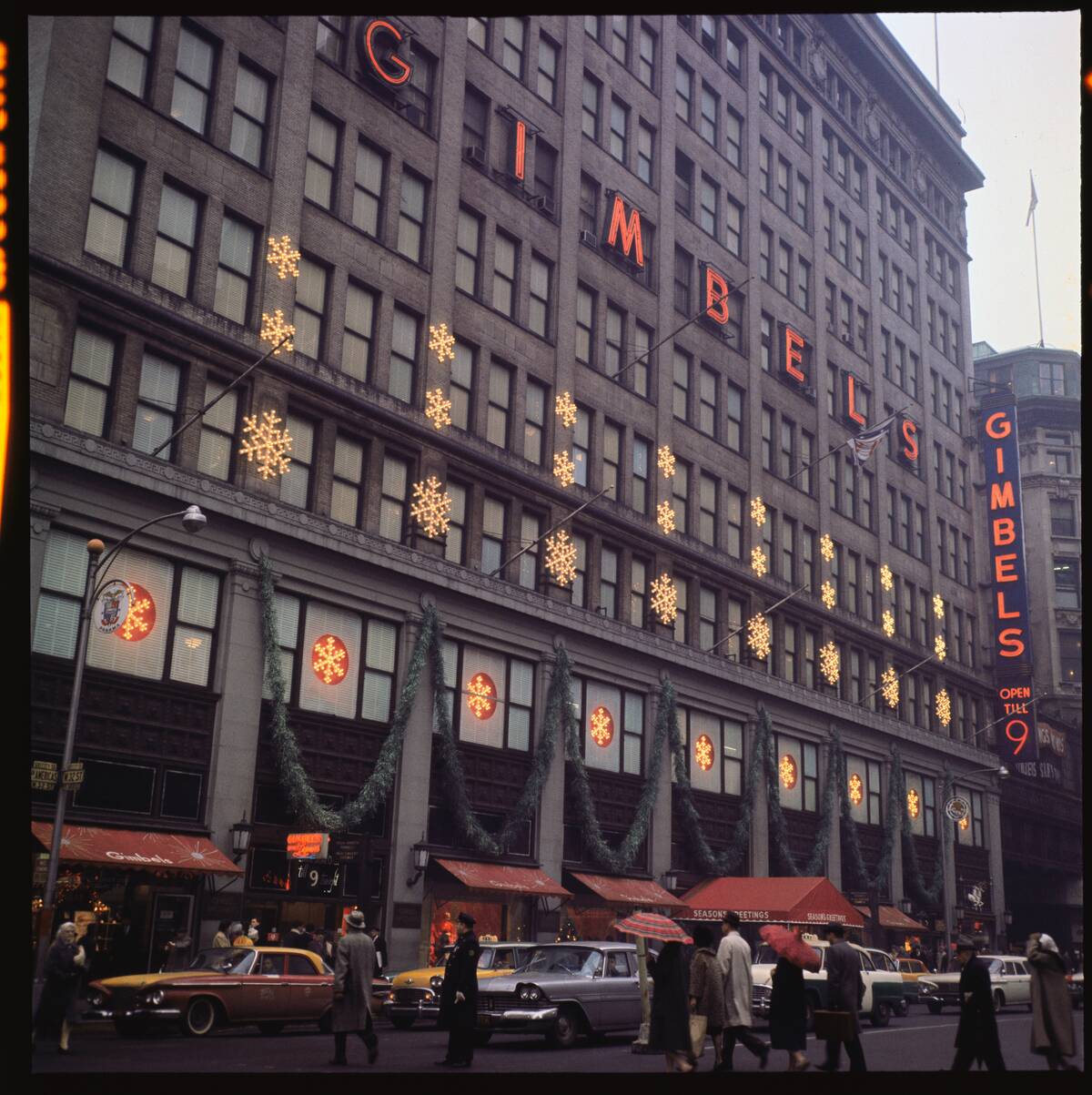
Gimbels was a prominent department store chain and a direct competitor to Macy’s, particularly famous for its rivalry in New York City’s annual Thanksgiving Day Parade. Founded in 1842, Gimbels was a retail giant with locations across the country.
However, changes in consumer preferences and the rise of shopping malls eventually led to its closure in 1987. The rivalry with Macy’s is immortalized in the classic film ‘Miracle on 34th Street.’
The Waning Days of Zayre: From Bargains to Bankruptcy
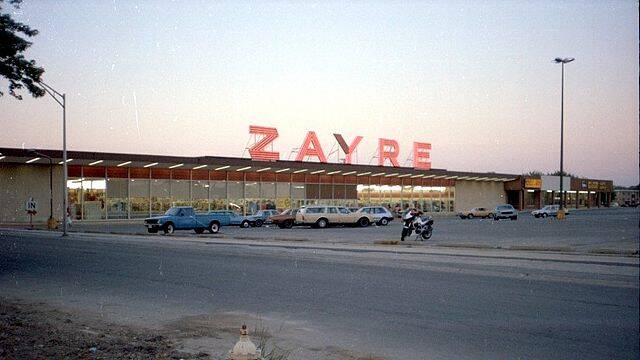
Zayre, established in 1956, was a discount department store that offered customers value for their money. Known for its low prices and wide selection, Zayre flourished during the 1960s and 1970s.
However, increased competition and financial missteps in the 1980s led to its decline. By 1989, Zayre had sold most of its stores to Ames, marking the end of an era for the brand.
Service Merchandise: When Catalog Showrooms Were King

Service Merchandise was a unique retail chain that combined catalog shopping with showroom displays, allowing customers to browse products before purchasing. Founded in 1934, it became a popular shopping destination for electronics and jewelry.
Despite its innovative approach, the rise of e-commerce and changing consumer habits led to its closure in 2002. Service Merchandise remains a nostalgic memory for those who loved its distinctive retail model.
The Magic of Mervyn’s: California’s Beloved Retailer
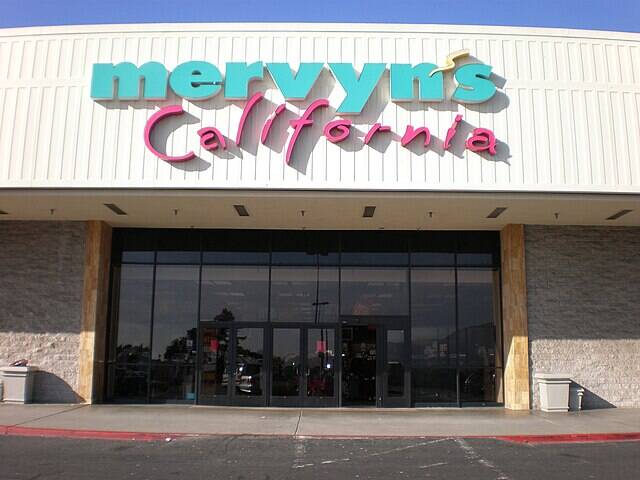
Mervyn’s, founded in 1949 in San Lorenzo, California, was a department store chain cherished for its affordable fashion and home goods. It expanded rapidly throughout the 1980s, reaching a peak of over 300 stores.
However, financial challenges and changing retail landscapes led to its downfall, and the chain closed its doors in 2009. Mervyn’s is fondly remembered by many for its community-oriented approach and family-friendly atmosphere.
Bradlees: New England’s Shopping Staple
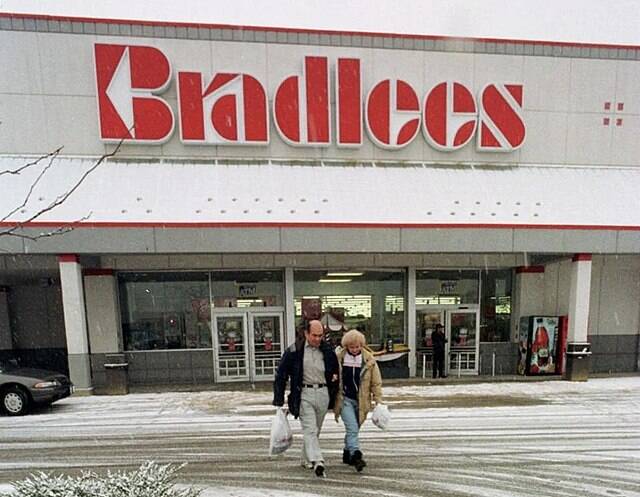
Bradlees was a beloved department store chain that served communities in the northeastern United States from 1958 to 2001. Known for its catchy jingle and wide selection of products, Bradlees was a favorite among families looking for great deals.
However, mounting competition from larger retailers and financial difficulties led to its ultimate closure. Despite its demise, Bradlees holds a special place in the hearts of many New Englanders.
Caldor: The “Bloomingdale’s of Discounting”

Caldor was a discount department store chain founded in 1951 in Norwalk, Connecticut. It earned the nickname “Bloomingdale’s of Discounting” for its stylish yet affordable offerings. Caldor expanded rapidly, reaching over 160 stores at its peak.
However, financial woes and stiff competition led to its bankruptcy in 1995, and the last store closed in 1999. Caldor is remembered for its unique blend of quality and affordability.
Hills Department Stores: Fun for the Whole Family
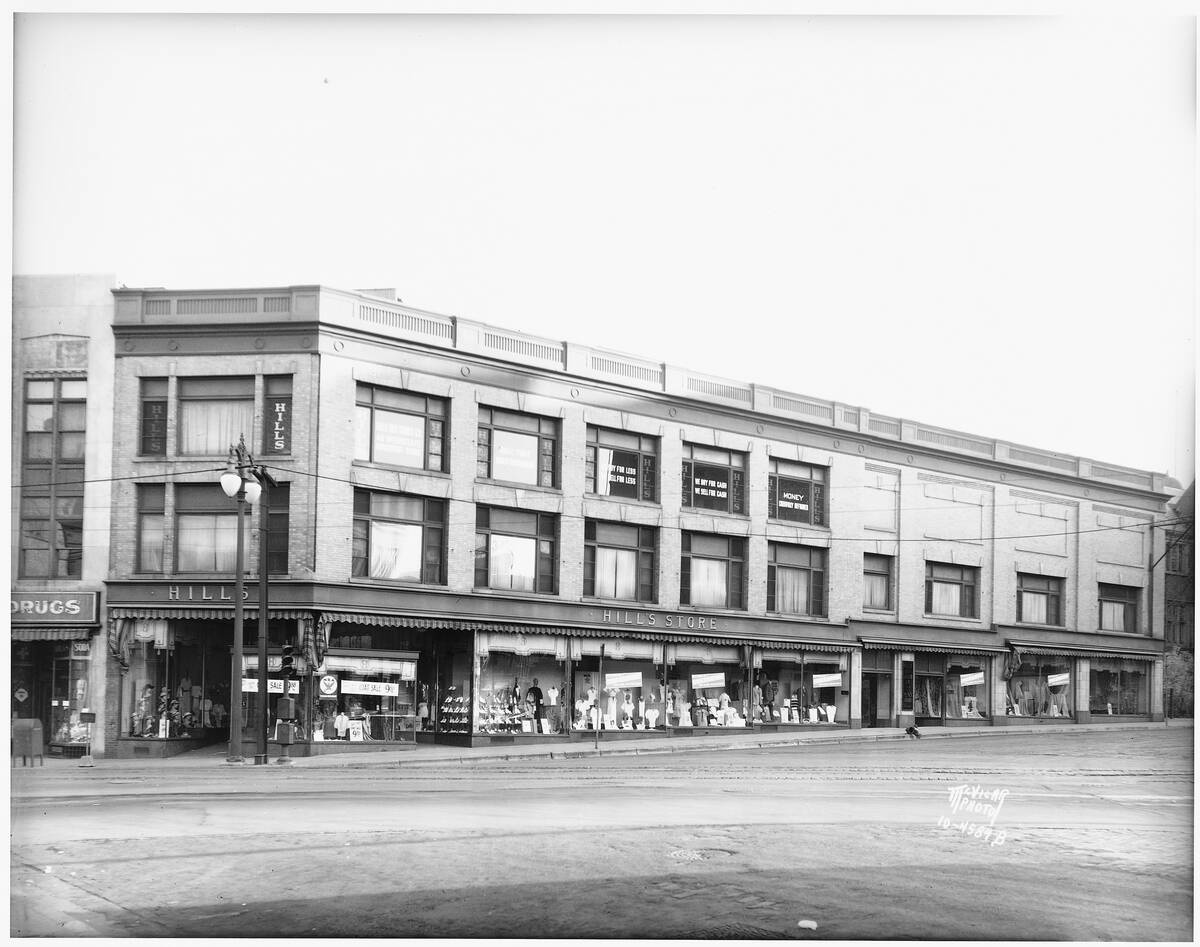
Hills was a popular department store chain based in Canton, Massachusetts, known for its family-friendly atmosphere and ‘Hills is where the toys are’ slogan. Founded in 1957, Hills catered to budget-conscious shoppers with a wide range of products, including a notable toy section.
Despite its success, Hills faced increasing competition and was acquired by Ames in 1999. Many recall Hills fondly as a fun and welcoming shopping destination.
The End of an Era for Bonwit Teller: High Fashion and Iconic Windows
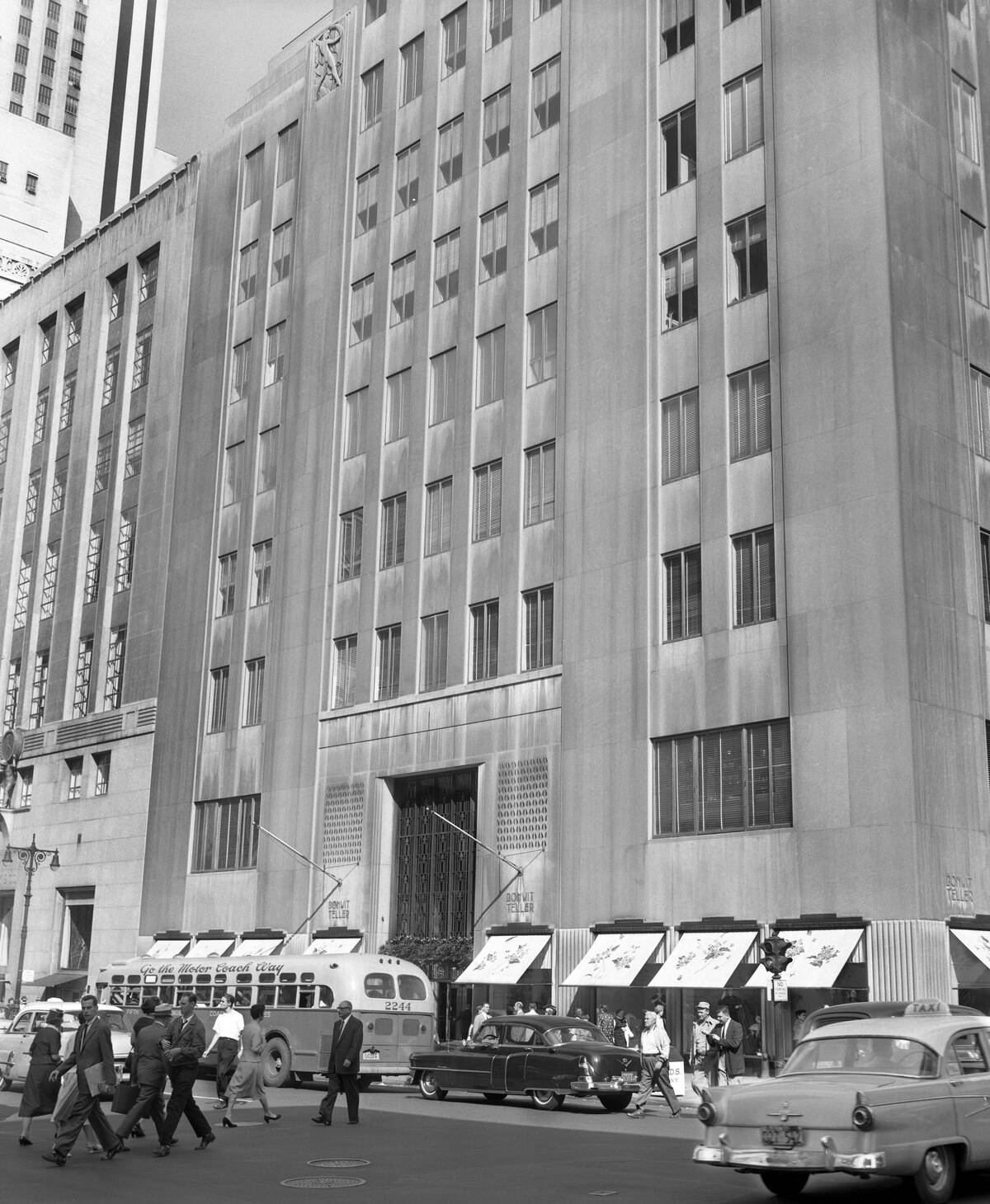
Bonwit Teller was a luxury department store known for its high-end fashion and iconic window displays. Established in 1895 in New York City, it became synonymous with elegance and style. Bonwit Teller’s windows were so renowned that they attracted tourists and fashion aficionados alike.
However, financial difficulties and changes in the retail landscape led to its closure in 1990. The store’s legacy lives on in the memories of its opulent displays.
E.J. Korvette: The 8th Avenue Pioneer

E.J. Korvette, founded in 1948, was a pioneer in the discount department store model, offering a wide variety of goods at lower prices.
Despite its initial triumph, E.J. Korvette struggled to compete with emerging big-box retailers and closed its last store in 1980. It remains a notable chapter in retail history for its groundbreaking business model.
The Downfall of Alexander’s: New York’s Discount Powerhouse

Alexander’s was a discount department store chain founded in 1928, known for its prime locations in New York City and affordable merchandise. The flagship store on 59th Street was a landmark, attracting throngs of shoppers.
Despite its popularity, Alexander’s struggled with real estate issues and competition, leading to its closure in 1992. Many New Yorkers remember Alexander’s as a bustling hub of activity and a symbol of the city’s retail scene.
The Legacy of Marshall Field’s: Chicago’s Shopping Mecca
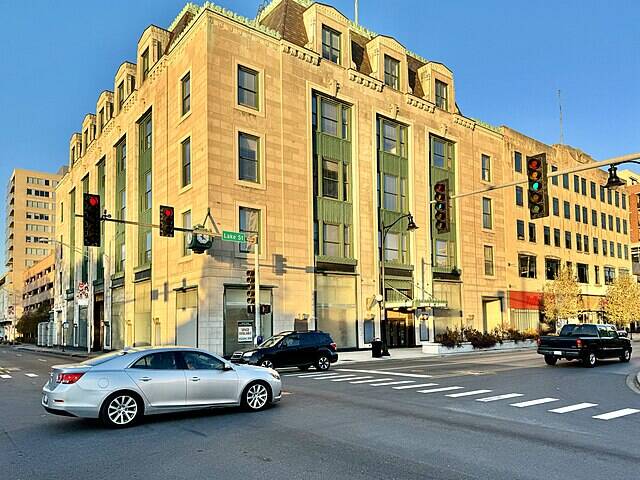
Marshall Field’s was more than just a department store; it was a Chicago institution known for its customer service and iconic building on State Street. Founded in 1852, it became famous for the Frango mints and the stunning Christmas window displays.
In 2006, the Marshall Field’s name was retired when the stores were converted to Macy’s, but the legacy of its grandeur and tradition continues to be celebrated by Chicagoans.
Roses Stores: A Southern Legacy That Faded Away
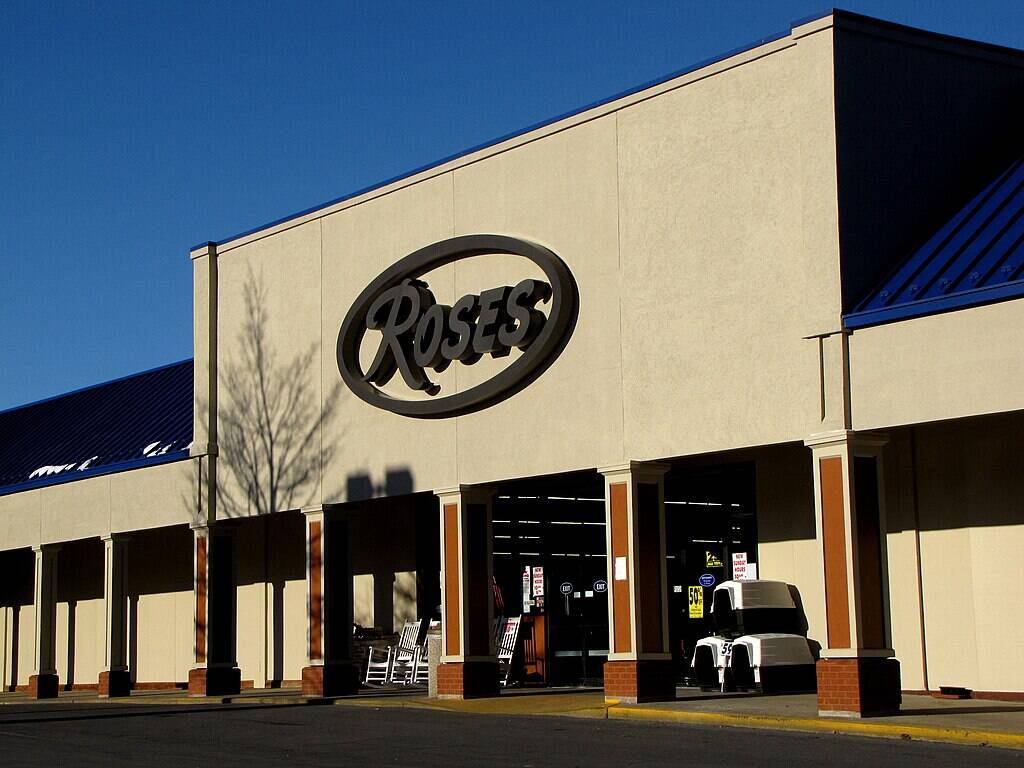
Roses Stores, founded in 1915 in Henderson, North Carolina, were a staple in the southern United States, known for their low prices and variety of goods. The chain thrived for decades, expanding rapidly throughout the region.
However, increased competition from national chains and economic challenges led to a decline. While many stores have closed, some Roses locations still operate, holding a nostalgic place in the hearts of many southern shoppers.



